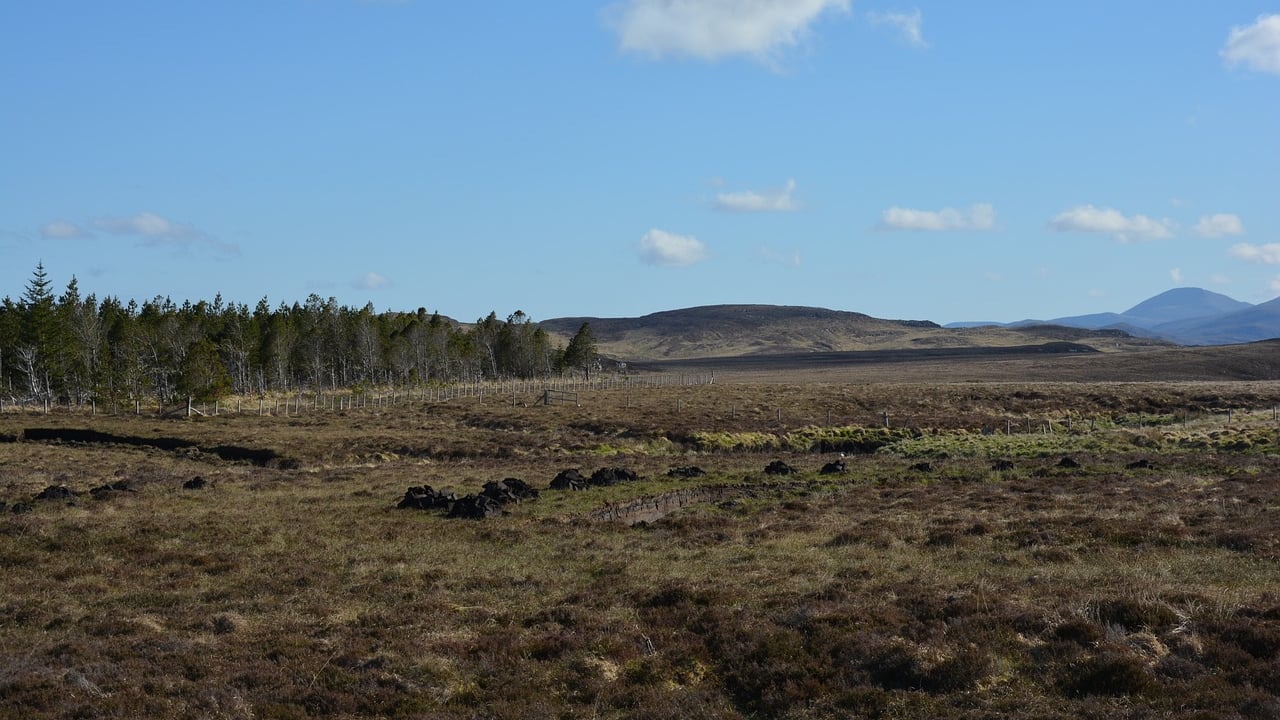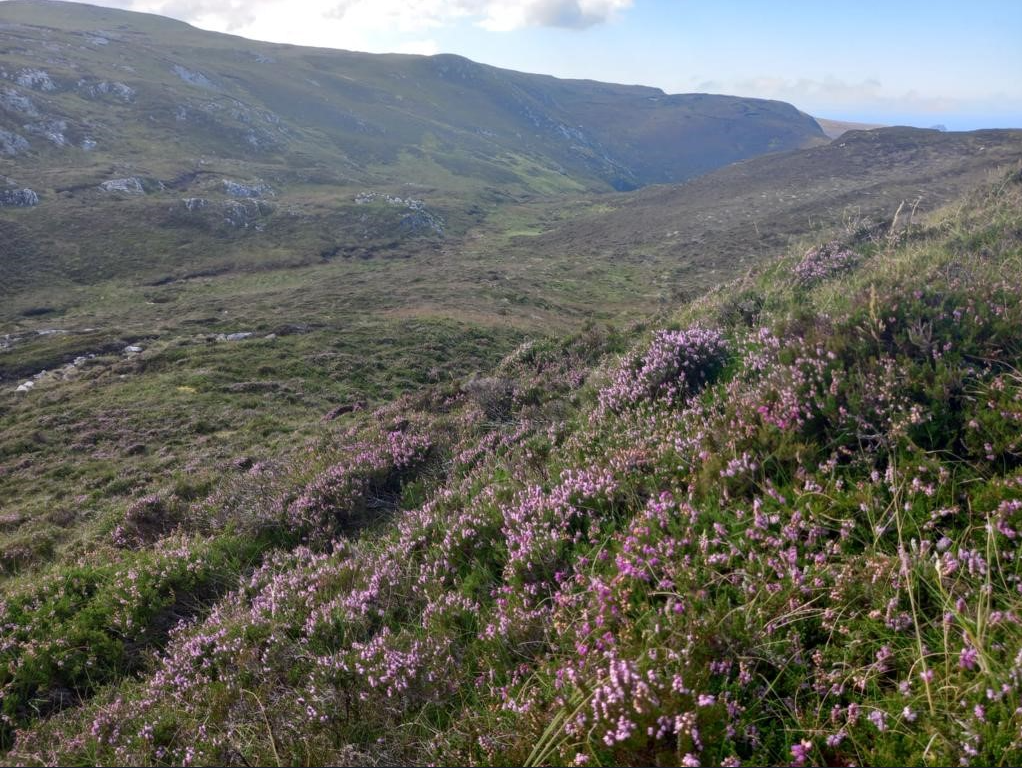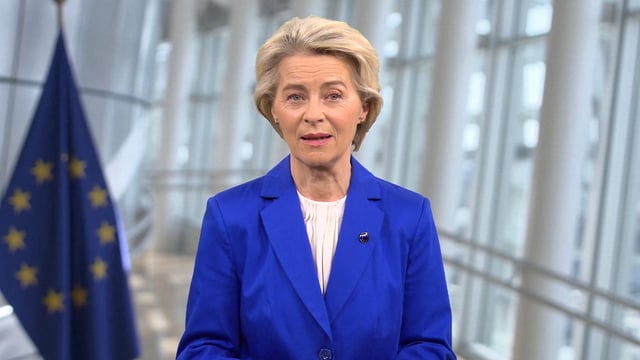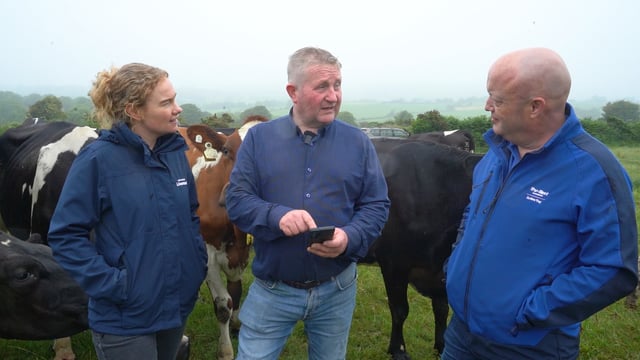Research: Peat soils cover 13% more area than previous map
New research has suggested that peat soils cover 13% more area in Ireland when compared to previously used maps.
The scientists from Trinity College Dublin (TCD), University of Galway and Queens University Belfast produced a new map including areas of shallow peat soils, which also contain large stocks of soil carbon.
The research is part of the RePEAT project, which is funded by the Department of Agriculture, Food and the Marine (DAFM) and the Environmental Protection Agency (EPA).
Following a recommendation from the United Nations (UN) Global Peatlands Initiative, the researchers adopted a broader definition of peat soils by including soil material containing 8.6% of organic matter (OM) or more that has accumulated to at least 10cm.
The Irish Peat Soils Map (IPSM), developed using this new and refined dataset, indicates that peat soils cover an area of 1,660,289ha in Ireland.
This is 13.2% larger than the area obtained in the second version of the Derived Irish Peat Map (DIPM V2) and at least 23.2% larger than areas presented in previous maps.
Further analysis shows that the change in area between the IPSM and DIPM V2 resulted in around 860,000ha classified differently, 62% of which consists of areas newly mapped as peat.
The new datasets have underpinned identification of an additional 192,000ha of peat, 35% of which is indicated as thick peat soils (at least 30-40cm) by other datasets.
Peat soils are seen as playing a critical role in absorbing greenhouse gases (GHG) and helping to meet some of Ireland’s most pressing environmental challenges.
Dr. Louis Gilet, from TCD and the lead author of the study, said that the new "adaptive mapping framework" has been used to refine the mapping of Irish peat soils.
“Our technique involves continually updating these peat soil maps as new data become available, and this new IPSM can now be used confidently and contribute to a more precise identification of the location of peat soils across Ireland.
“The IPSM can thus help to accurately implement regulations concerning carbon-rich soils and climate change mitigation, while informing management decisions related to other key sustainability issues such as land use planning, biodiversity management or water regulation," he said.
Dr. Terry Morley, University of Galway, is one of the co-authors of the research article, which has been published in the journal Geoderma.
“Peat soils are important because they help the country meet national and international targets to reduce GHG emissions and also play a major role in regulating stream flow, water quality, or providing habitat for ecologically sensitive species," he said.
Dr. Raymond Flynn, Queen’s University Belfast, also a co-author of the research article, added:
“This map changes our approach to mapping peat soils from the traditional approach concerned with agronomy to one where we can now more reliably focus on the role of peat and peat soils in environmental processes.”
Dr. John Connolly, a geographer at TCD, noted that peatlands hold a significant percentage of Ireland’s total soil organic carbon stock.
However, he said these areas have "been severely degraded over the past 200 years due to land use change and associated human activity, resulting in increased emissions from both deep and shallow peat".
"As a result, accurate identification, mapping and management of peat soils is essential for programmes that aim to reduce global greenhouse gas emissions and to improve biodiversity in the Irish landscape," he said.
It is hoped that the approach taken by the research team has potential relevance for peat mapping globally and could be implemented in other regions.






